10 Aesculapian snakes
Aesculapian Snakes are native to central Europe and the Balkans. These snakes grow to around 8 feet long and like to live close to water. It has been discovered there are actually a breeding population around the Regents Canal area of London. The snakes have been seen swimming in the canal, climbing in trees and across roofs and drains of the surrounding areas. Local press have tried to cause panic around the snakes presence but in reality are not much bigger than our native Grass Snake. Nobody knows how the snakes came to inhabit and breed here.
9 Wild Boar
After an absence of over 700 years the wild boar has re-established itself in certain parts of the British Isles. Eurasian Wild boar is some of the most successful and wide spread mammals in the world today with over sixteen subspecies recognised. Males can grow to a size of 500lb and can be dangerous if threatened. The boar has been proved to pay a crucial role in temperate forest ecology turning over the forest floor which makes way for new tree saplings. Current locations where the animals are breeding are Kent, East Sussex, Gloucestershire and the West Country.
8 Skunk
Skunks are native to the Americas, Indonesia and the Philippines. They grow to weigh about 8 kilograms and are famous for the bad smell they spray when threatened through their anal glands. They have been kept in reasonable numbers over the years in the UK as pets but since a law passed stopping the removal of the foul smelling glands more sightings of them in the wild have surfaced. Sightings including a mother with young and captures have proved a colony around the Coleford area of Gloucestershire.
7 Eurasian Lynx
Commonly thought to be extinct in Britain between 10,000 & 4,000 years ago recent discoveries of bones from Scotland and north Yorkshire during carbon dating showed the animals certainly were alive and well 1000 years ago. In fact sightings of lynx have been well documented through the last few hundred years up until the current day including many reports across the country to investigators. There are current plans to re-introduce the lynx to Britain but it is extremely possible the cats still roam a lynx shot in Norfolk in 2003 and sightings in Devon, Oxfordshire, Scotland, Buckinghamshire, Kent, Warwickshire and Surrey to name a few.
6 Wallaby
Wallabies being favourable pets and kept in number on large British estates over the years are fully established in the UK. Even though they have been around for 100 years their presence always raises a few eyebrows. The particular subspecies in the UK come from Tasmainia which generally has a similar climate to the UK. The main hotspots for wild wallabies in Britain are, Bedfordshire, Buckinghamshire, Staffordshire, Derbyshire, The Isle of Man and Hampshire.
5 Capybara
Capybara are the world’s largest rodent native to South America these mammals live their lives naturally in the wetland marshes of the Amazon basin. Again kept in large numbers in private zoos and estates Capybara have bred successfully in Britain. Over the years their population has been monitored but despite rumours they are in decline images and film footage reaffirms Britain has a healthy population of these large water loving rodents. The main hotspots for Capybara in the UK are Hertfordshire, Buckinghamshire, Oxfordshire, Essex, Norfolk and Suffolk.
4 Yellow Tailed Scorpion
This two inch long scorpion is the most northerly found in the world and native to North West Africa and the Mediterranean region. The sting is mildly poisonous to humans being compared to a bee sting and would not affect a healthy adult. However if after a sting you feel unwell it is essential you seek medical attention. These scorpions have established themselves in the Thames Estuary with the largest most established colony at Sheerness Dock yard at the Isle of Sheppey, Kent. There are also reports from Portsmouth, Waltham Forest and Pinner in London.
3 Puma
The puma naturally occurs from the top of Canada all the way down to the southern tip of South America. It has one of the widest ranges of the modern day wild cats and a highly successful predator. Pumas have managed to repopulate areas of previous extinction time and time again being able to live under the noses of people completely unnoticed, even in urban areas. Pumas have been very popular pets in Britain over the past 100 years and could survive here if released. Pumas have been sighted across Britain with current sightings scanning the length and breadth of Britain. In the 1980’s a wild Puma was trapped in the highlands of Scotland.
2 Raccoon
Is an exceptionally successful omnivorous mammal native to North America. They are capable of surviving in most habitats and are very intelligent displaying problem solving abilities. In 2007 British law changed resulting in it being easier to keep Raccoons as pets. Racoons will not return as readily as house cats and will given the chance prefer a roaming wild existence. In Germany a few breeding pairs released soon numbered the millions spreading to France, Eastern Europe and Russia in 50 years causing a huge ecological problem. Racoons have been reported in the UK from Wiltshire, Hampshire, Portsmouth, Surrey, West Berkshire and Buckinghamshire.
1 Leopard
The melanistic or black form of the leopard commonly associated with dark forested areas of Java, Malaysia, Northern India and Kenya have always been popular pets in the western world over the past 200 years. During the British Empire leopards in general were kept as pets in large number but the black form dramatically dwarfed the value of spotted ones. Black leopards were specially bred and imported from Singapore and sold in Britain. These melanistic leopards from South East Asia were naturally much smaller than the other leopard subspecies and over history have been countless opportunities for them to be released into the wild. Leopards consume a lot of meat and it is foreseeable that an owner falling on hard times would have released their pet. These animals are easy to breed in captivity and were sold as pets without regulation until the seventies. In Asia these cats survive in the shadows of large cities being some of the most elusive and successful animals on the planet. Coincidentally Britain has had credible sightings of this species of big cat going back at least 200 years which fits with the timescale of their importation to the western world. Today Leopards are sighted throughout the UK with no county being exempt from their reported presence. Even an Island such as the Isle of White has reports and a leopard shot dead by a farmer in the 1980’s.
Right across Britain, people are making remarkable claims - they are reporting large feral cats resembling panthers, pumas and lynx. Month after month the sightings continue with citizens from all walks of life having surprise encounters with big cats. They may be driving, walking their dog, or riding a horse, but most reports are consistent and many are emotionally charged - people have encountered a big predator, in safe, suburban Britain. Tell-tale signs of the cats include freshly-eaten deer, the odd hair sample and droppings which reveal their diet. As wildlife filmmakers testify, photographing these stealthy creatures is not easy, even in their official countries. How have these cats established themselves? What are their territories, how are they breeding and are numbers viable? This gripping book reviews the evidence and considers the implications of Britain's large cats, for people and for wildlife. The book has many surprises - about the cats themselves and the human reactions. Most people tolerate the big cats they see, and many are wary yet excited. Men and women, young and old, urban and rural, the response is similar - people have experienced something truly wild and their senses have been awoken. They may be awkward to admit to, but these cats are part of our land - evolving in Britain, shaping the ecosystem as a new apex predator. Many people would rather keep it quiet. But it is time to tell the secret, in a measured way. This book explores the dilemmas we face as we come to terms with our emerging big cats.
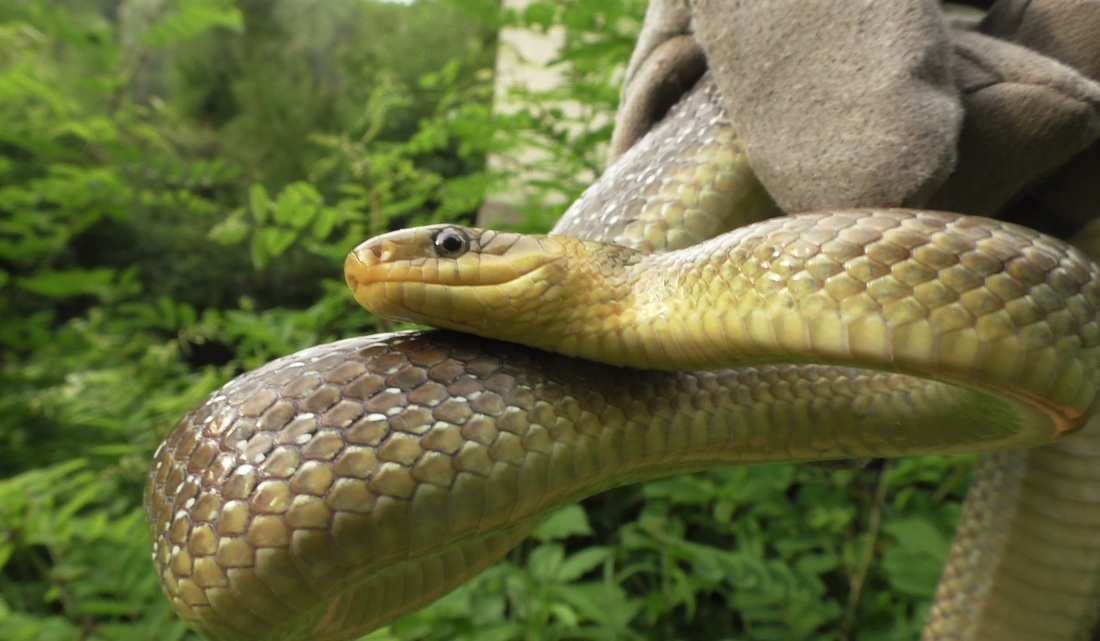
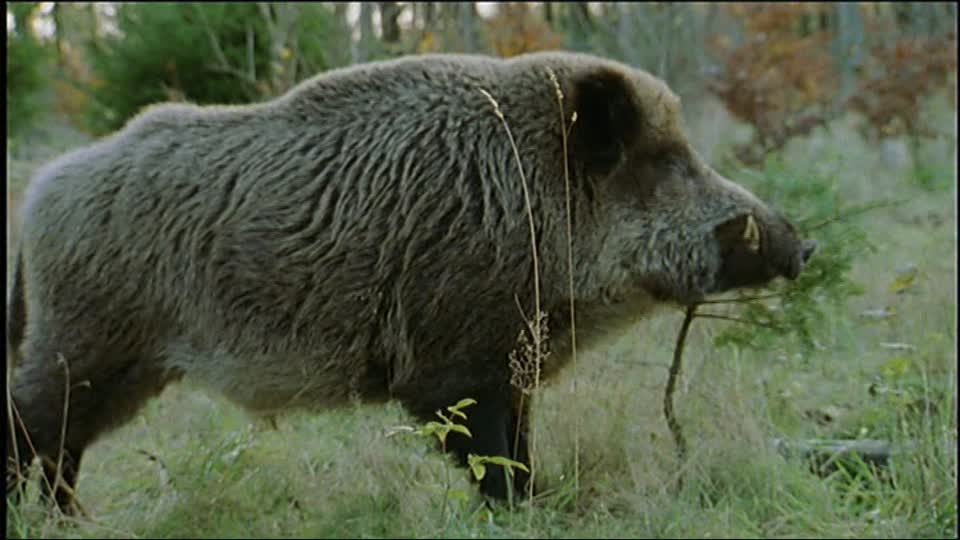
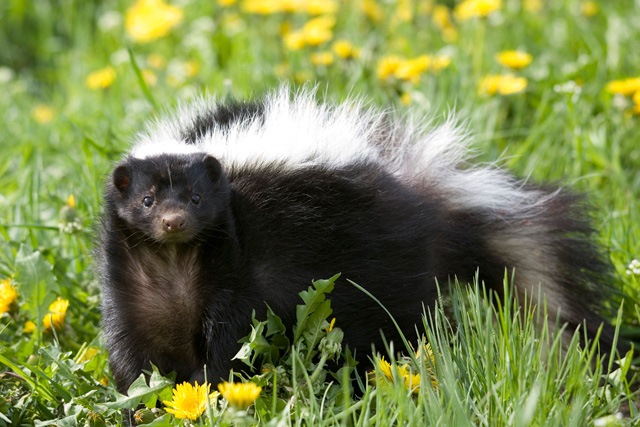
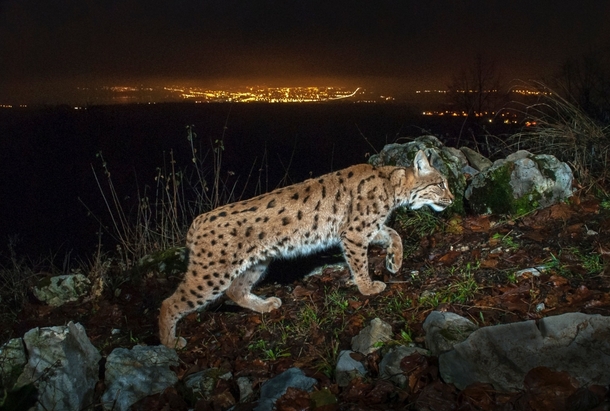

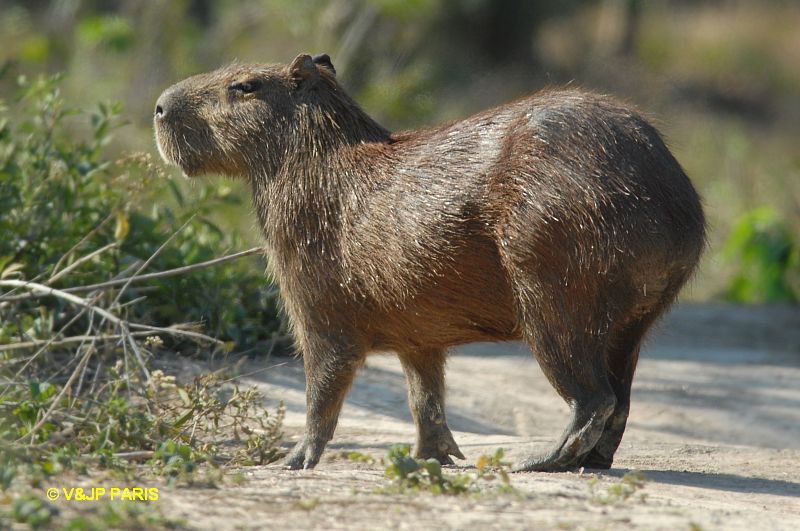
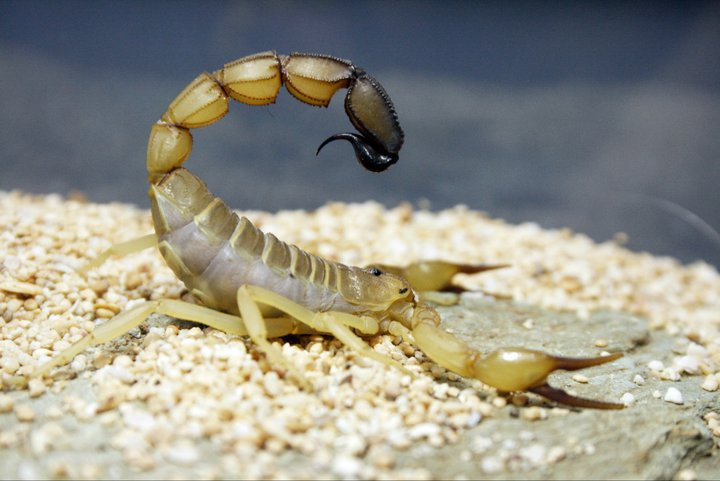
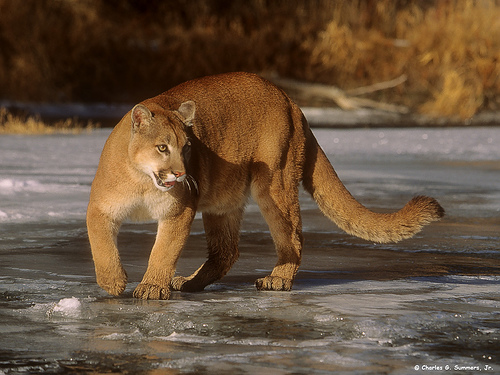
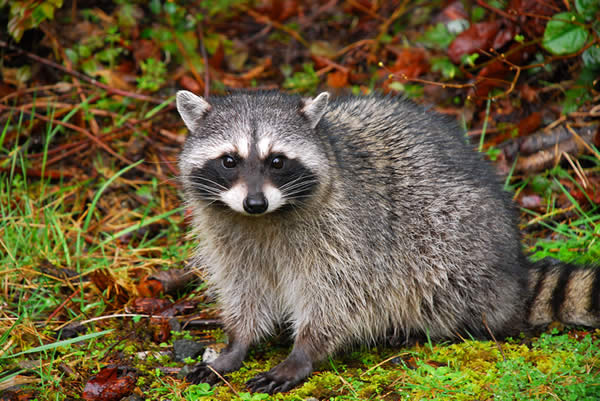
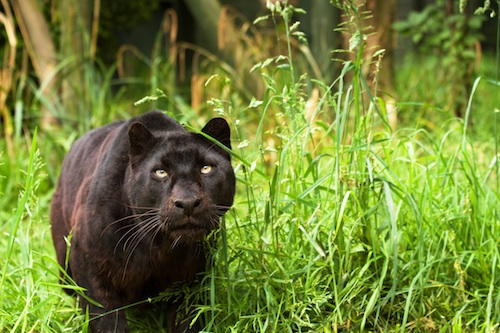

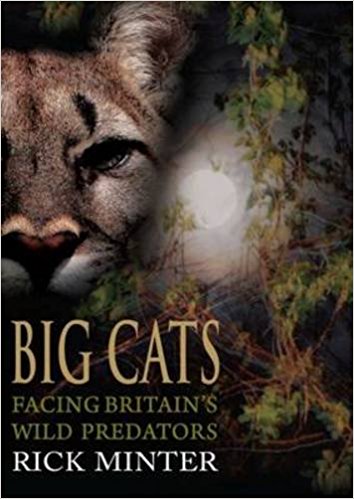

 RSS Feed
RSS Feed
